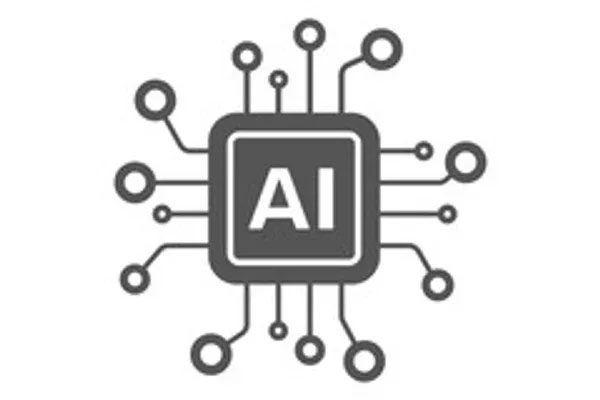If nothing, history has taught us that to carve a better path for ourselves with any invention or innovation that has the potential to impact everyone significantly, we need to understand its history. Suppose you look at the technological advancements of the past century, including electricity, telephone, internet, and many more. These technological breakthroughs have significantly impacted us in ways we never imagined. One such innovation of the modern era is artificial Intelligence (AI). Even though the work on AI has been going on for decades, with the introduction of Generative AI, this technology has taken a significant focus in recent years. It is essential to review the history of this game-changing technology so we can better understand how to handle this technology forward responsibly.
This is the first of ten blogs to provide insights into this technology. I will start with a brief history of Artificial Intelligence. The history of artificial intelligence (AI) has been a fascinating journey that spans several decades.
Here’s a brief time-based history of AI.
1940s-1950s: The Birth of AI – The term “artificial intelligence” was coined by John McCarthy in 1956 during the famous Dartmouth Conference. This event is considered the birth of AI as a field. Early AI researchers were optimistic about creating machines that could mimic human intelligence.
1950s-1960s: Symbolic AI – Early AI research focused on “symbolic” or “good old-fashioned AI” (GOFAI). This approach involved using rules and symbols to represent knowledge and solve problems. One of the first AI programs was the Logic Theorist, developed by Allen Newell and Herbert Simon in 1956, which could prove mathematical theorems.
1960s-1970s: Expert Systems – Expert systems were developed, which were programs designed to mimic the decision-making of human experts in specific domains. MYCIN, a medical diagnosis expert system, was developed in the 1970s.
1980s-1990s: AI Winter and Emergence of Machine Learning – The 1980s saw the emergence of “connectionism” or neural networks, an approach inspired by the structure of the human brain. In the mid-1980s, expectations for AI outpaced progress, leading to a period known as the “AI winter,” characterized by reduced funding and interest.
Late 1990s-2000s: Machine Learning Resurgence – Machine learning, a subfield of AI focused on algorithms that can learn from data, gained prominence. Support Vector Machines (SVMs) and Neural Networks (backpropagation) were significant breakthroughs. Practical applications of AI, like spam filters and recommendation systems, became more widespread.
2000s-Present: Deep Learning Revolution – Deep learning, a subfield of machine learning focused on neural networks with many layers, became a dominant force in AI. Breakthroughs in deep understanding contributed to significant advancements in areas like computer vision, natural language processing, and speech recognition.
Recent Developments (2010s-2020s) – AI applications became integrated into everyday life, with technologies like Siri, Google Assistant, and recommendation systems on platforms like Netflix and Amazon. AI started being applied in more specialized fields, including healthcare, finance, autonomous vehicles, and robotics.
Ethical and Societal Considerations – As AI becomes more powerful and pervasive, discussions about ethics, bias, transparency, and accountability in AI systems have gained prominence.
Ongoing Challenges and Future Directions – Challenges in AI include addressing biases in algorithms, ensuring transparency and accountability, and considering the ethical implications
of autonomous systems. Ongoing research aims to achieve artificial general intelligence (AGI), representing human-level intelligence across various tasks.
It’s important to note that this overview provides a high-level summary, and numerous specific developments, breakthroughs, and individual contributions have shaped the field of AI over the years. Remember that to shape AI for the betterment of everyone requires both technical expertise and ethical considerations. It is an ongoing process that requires adaptability and a commitment from everyone, directly or indirectly, for continuous improvement.





